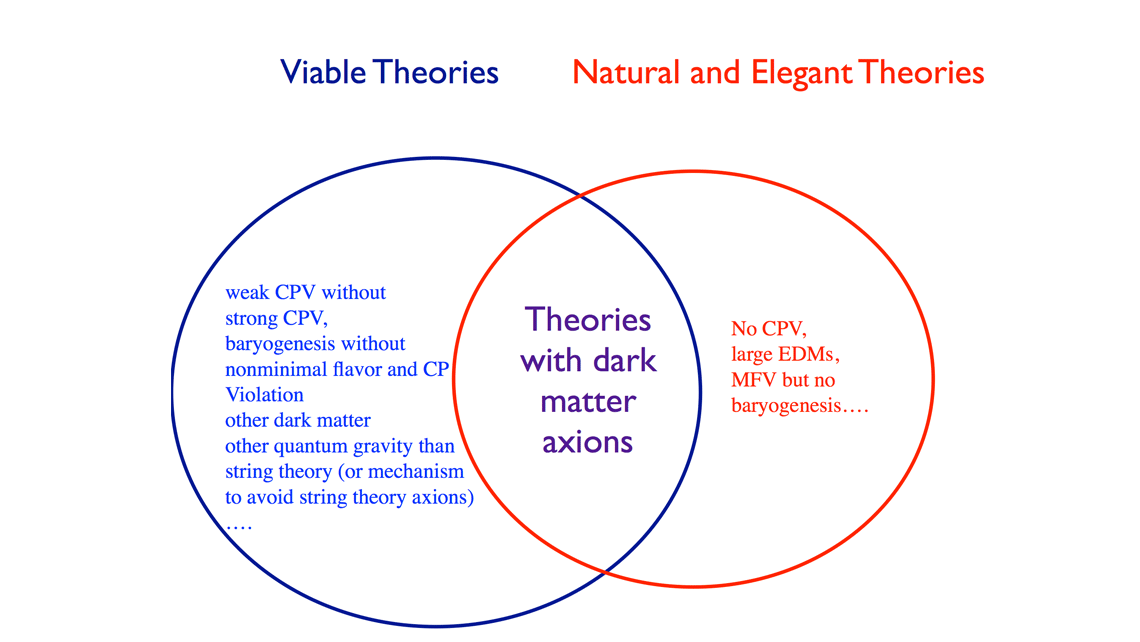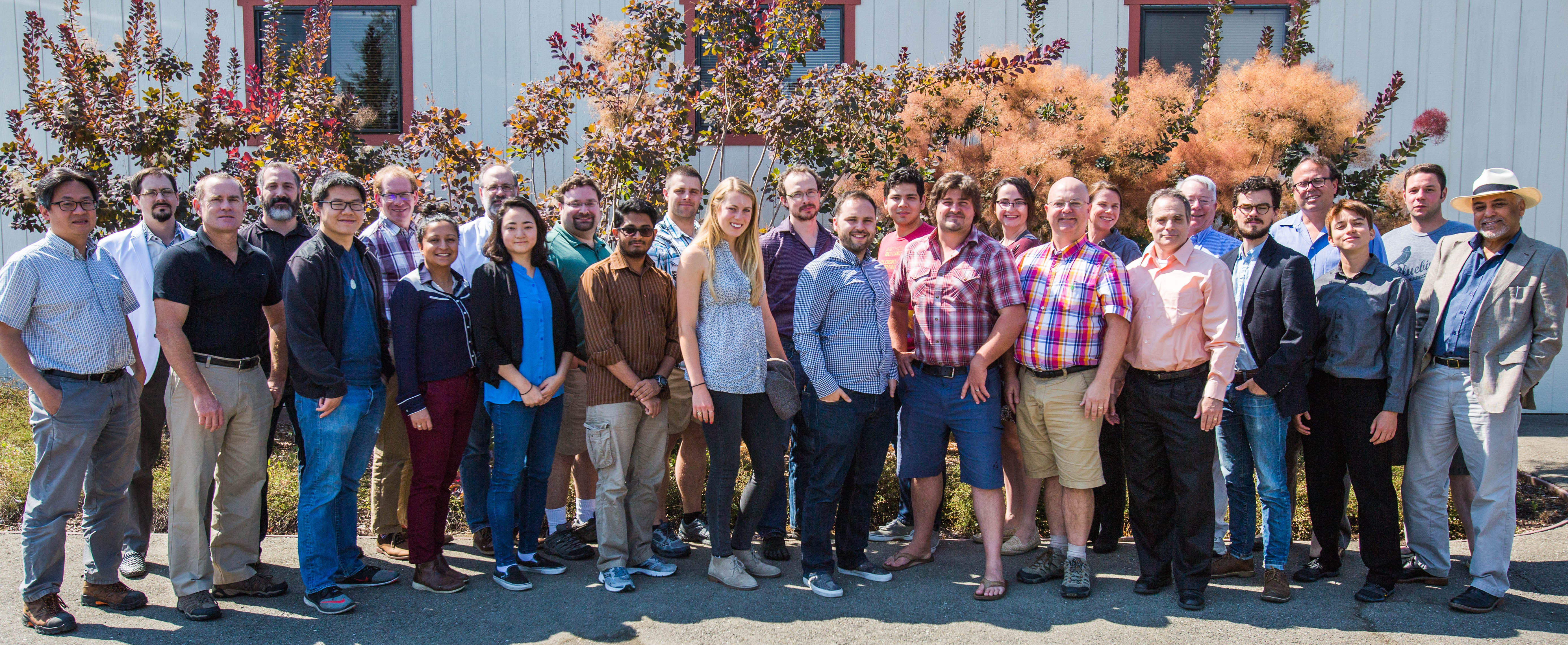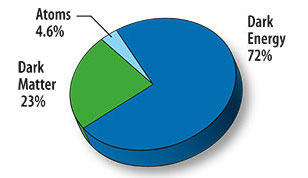The Axion Dark Matter eXperiment
Contacts
Gray Rybka - Co-Spokesperson
Professor, University of Washington
grybka@uw.edu
Gianpaolo Carosi - Co-Spokesperson
Scientist, Lawrence Livermore National Laboratory
carosi2@llnl.gov
Leslie Rosenberg - Lead Scientist
Professor, University of Washington
ljrosenberg@phys.washington.edu
(206) 221-5856
ADMX is an axion haloscope, which uses a strong magnetic field to convert dark matter axions to detectable to microwave photons. The ADMX G2 experiment is one of the US Department of Energy's flagship dark matter searches, and the only one looking for axions. The experiment consists of a large magnet, a microwave cavity, and ultra-sensitive low-noise quantum electronics.
 Figure: Scientific American
Figure: Scientific American
The axion is a hypothetical particle that solves both long-standing problems in nuclear physics and could be responsible for some or all of the dark matter of the universe. It is considered by many to be the most natural and elegant explanation, and there is strong support in the physics community for efforts to detect axion dark matter.
 Figure: Ann Nelson, University of Washington
Figure: Ann Nelson, University of Washington
ADMX is an international collaboration composed of researchers from University of Washington, University of Florida, Lawrence Livermore National Laboratory, Fermi National Laboratory, Pacific Northwest National Laboratory, UC Berkeley, Washington University in St. Louis, Sheffield University, and the National Radio Astronomy Observatory.
 ADMX Collaboration Meeting Summer 2017
ADMX Collaboration Meeting Summer 2017
An overwhelming number of astrophysical observations all point to much of our universe being made of "Dark Matter", which isn't made of the normal atoms that we are familiar with. There is in fact more than four times as much Dark Matter as there is normal matter. The race is on to detect what new particle physics is responsible for dark matter.
 Figure: WMAP, NASA
Figure: WMAP, NASA